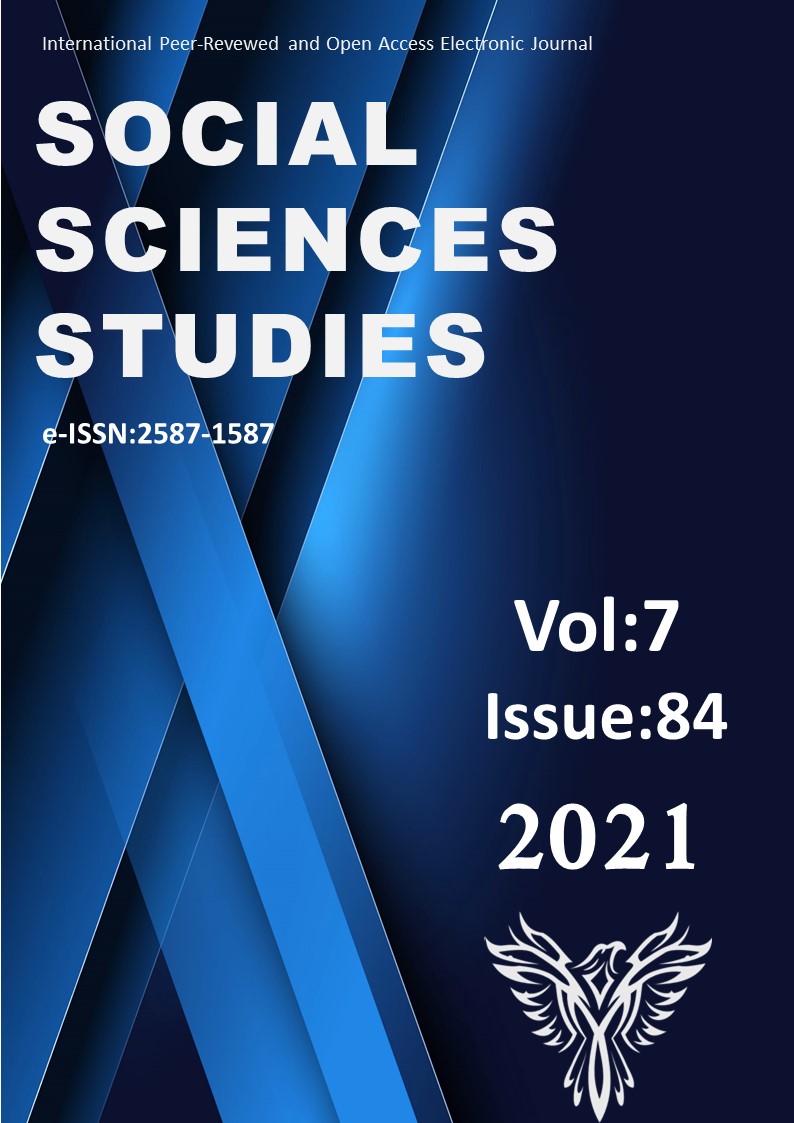Author :
Abstract
Geleneksel bakış açısına göre, benzetme ve metaforlar iki nesne arasındaki benzerliğe işaret ederek bir nesneyi diğer nesne ile ifade etmektedir. Lakoff ve Johnson geleneksel yaklaşıma meydan okuyarak 1980 yılında çığır açan çalışmaları Metaphors We Live By’da metaforlara kavramsal bir yaklaşım geliştirmiştir. Metaforların çevrilebilirliği konusundaki tartışmalar son 50 yıldır araştırmaların merkezinde yer almaktadır. Bilhassa duyguların kavramsallaştırılması, kaynak kültürdeki örtük anlamı aktarma sürecinde çevirmenler açısından zorluk teşkil etmektedir. Bu çeviri sorunu, metaforları erek dile aktarırken çevirmenler ve çeviribilimcilerin farklı stratejiler önermesine zemin hazırlamıştır. Bu bağlamda mevcut çalışma, D. H. Lawrence’ın The Virgin and The Gipsy (1930) adlı kısa romanının iki erek metninde duyguları ifade eden hayvan metaforları ve benzetmelerinin çevirilerini karşılaştırarak incelemeyi amaçlamaktadır. Bu amaçla, kaynak metinde duyguları hayvanlar üzerinden kavramsallaştıran metafor ve benzetmeler belirlenmiş ve Goatly’nin (1997) bakış açısıyla analiz edilmiştir. Daha sonra verilerin Türkçe çevirileri, Newmark’ın (1988) yöntemlerine göre sınıflandırılmıştır. Bu çok yönlü analiz sonucunda mevcut çalışma kaynak metinde ne tür duyguları ifade etmek için hangi hayvanlardan yararlanıldığını ortaya çıkarmıştır. Hayvan metaforlarının çevirisinde iki çevirmen tarafından benimsenen çeviri yöntemlerinin pek çok örnekte önemli farklılıklar olduğu gözlenmiştir. Erek Metin 1’de, çevirmen silme yöntemini benimseyerek verilerin %45’ini (n = 9) atar. Ancak Erek Metin 2’de verinin % 55’i (n =11) aynı imgenin Türkçe’de yeniden oluşturulmasıyla çevrilmiştir.
Keywords
Abstract
From a traditional view, metaphors refer to one object in terms of another implying a resemblance between two objects. Challenging the traditional perspective Lakoff and Johnson (1980) have developed a conceptual approach to metaphors in their seminal study Metaphors We Live By. The debates on the translatability of metaphors have been at the centre of research for the last 50 years. In particular, the conceptualisation of emotions becomes a challenge for translators in the process of transferring the implied meaning in the source culture. This problematic translation issue has paved the way for scholars and translators to suggest different strategies in transferring metaphors to the target language. In this regard, the present study aims to comparatively analyze the translations of the animal metaphors and similes expressing emotions in the two target texts of The Virgin and The Gipsy (1930), a novella by D. H. Lawrence. In order to do so, the metaphors and similes conceptualising emotion in terms of animals were identified in the source text and analyzed from Goatly’s (1997) perspectives. Then, the Turkish translations of the data were classified according to Newmark’s (1988) procedures. As a result of the multi-facet analysis, the present study has revealed what animals are utilized to express what kind of emotions in the source text. It has also been observed that the translation procedures adopted by two translators in translating animal metaphors differ considerably in most instances. In Target Text 1, the translator omits 45 % (n = 9) of the data by adopting the procedure of deletion. However, in Target Text 2, 55 % (n = 11) of them are rendered by reproducing the same image in Turkish.





